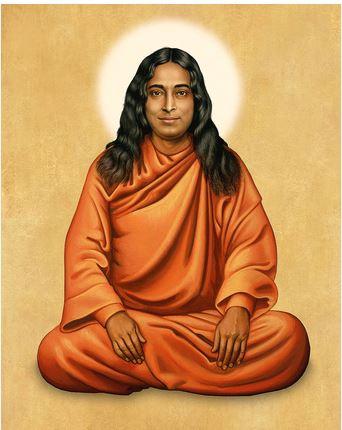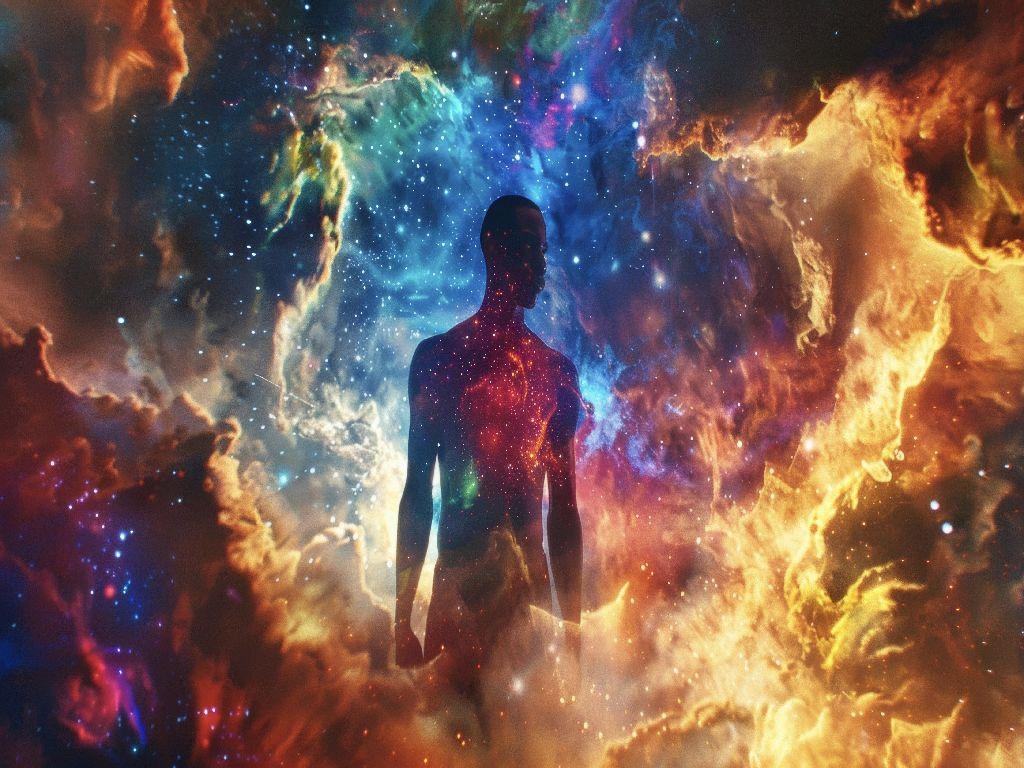Raja Yoga

Rāja Yoga
The "Royal Path" of inner mastery and spiritual realization
Definition:
Rāja Yoga (Sanskrit: Rāja = king, royal) is a classical form of yoga that emphasizes mental discipline, meditation, and self-mastery as the pathway to spiritual liberation. Often referred to as the “Royal Path,” it is considered the highest and most comprehensive of the yogic disciplines, encompassing and integrating the essence of all other yogas.
Rāja Yoga is most famously outlined in the Yoga Sūtras of Patañjali, a foundational text of yogic philosophy, where it is described as an eightfold path (Aṣṭāṅga Yoga) leading to samādhi – the state of deep meditative absorption and union with the Self.
🜁 The Eight Limbs of Rāja Yoga (Ashtanga Yoga)
| Limb | Sanskrit Term | Description |
|---|---|---|
| 1. Ethical restraints | Yama | Non-violence, truthfulness, non-stealing, celibacy, non-possessiveness |
| 2. Personal disciplines | Niyama | Purity, contentment, self-discipline, self-study, surrender to the divine |
| 3. Postures | Āsana | Physical poses to prepare the body for meditation and inner stillness |
| 4. Breath control | Prāṇāyāma | Regulation of life force through breath to calm the mind and vitalize energy |
| 5. Withdrawal of senses | Pratyāhāra | Turning the senses inward, detaching from external distractions |
| 6. Concentration | Dhāraṇā | One-pointed focus of the mind on a single object or idea |
| 7. Meditation | Dhyāna | Sustained inner focus and meditative absorption |
| 8. Liberation | Samādhi | Final union with pure consciousness; transcendence of ego and duality |
🜂 Philosophical Foundation
Rāja Yoga is not just a system of practice, but a psychospiritual science aimed at understanding the nature of the mind and consciousness. Its core premise is:
“Yogaś citta-vṛtti-nirodhaḥ” – "Yoga is the cessation of the fluctuations of the mind." (Patañjali, Yoga Sūtra 1.2)
The ultimate goal is to transcend mental turbulence and recognize the eternal, unchanging Self (Puruṣa) beyond thought, emotion, and body.
🜃 Key Characteristics
-
Emphasizes inner experience over external ritual
-
Requires discipline, self-inquiry, and regular meditation
-
Sees mental purification as essential for spiritual awakening
-
Promotes detachment from ego and material identity
-
Harmonizes body, breath, mind, and soul
🜄 Modern Application
While traditionally practiced by spiritual seekers and renunciants, Rāja Yoga is accessible to modern practitioners through meditation, ethical living, yogic lifestyle, and inner reflection. Organizations like the Brahma Kumaris and Self-Realization Fellowship (founded by Paramahansa Yogananda) have brought Rāja Yoga into a modern, devotional, and accessible context.
🜅 Common Misunderstandings
| Misconception | Clarification |
|---|---|
| “Rāja Yoga is only meditation.” | While meditation is central, it also includes ethics, breathwork, and physical discipline. |
| “It’s only for monks.” | Rāja Yoga is a universal path suitable for anyone seeking inner transformation. |
| “It excludes other yogas.” | On the contrary, it integrates the principles of Bhakti (devotion), Karma (action), and Jñāna (wisdom) yoga. |
Related Terms:
Patañjali, Ashtanga Yoga, Samādhi, Dhyāna, Self-Realization, Brahma Kumaris, Yoga Philosophy, Inner







